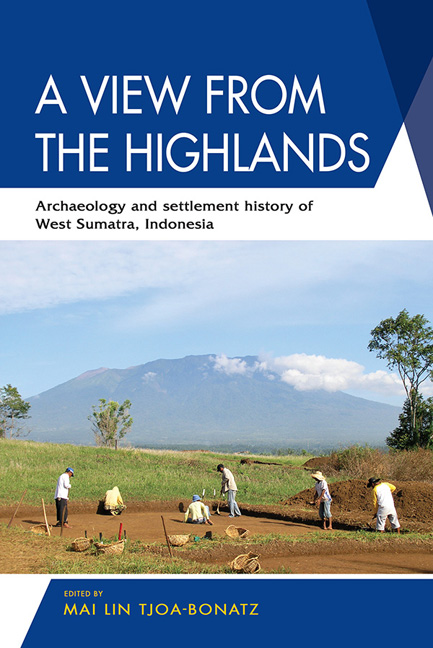Book contents
- Frontmatter
- Contents
- List of Tables
- List of Maps
- List of Figures
- List of Colour Plates
- Abbreviations and Acronyms
- Preface and Acknowledgements
- About the Contributors
- 1 Research History, Methods, and Objectives
- 2 Early Histories: Historiography and Archaeological Surveys
- 3 Excavations
- 4 Material Culture Studies
- 5 Conclusion
- Bibliography
- Index
- Plate section
4 - Material Culture Studies
Published online by Cambridge University Press: 24 January 2020
- Frontmatter
- Contents
- List of Tables
- List of Maps
- List of Figures
- List of Colour Plates
- Abbreviations and Acronyms
- Preface and Acknowledgements
- About the Contributors
- 1 Research History, Methods, and Objectives
- 2 Early Histories: Historiography and Archaeological Surveys
- 3 Excavations
- 4 Material Culture Studies
- 5 Conclusion
- Bibliography
- Index
- Plate section
Summary
Three categories of finds were distinguished during the excavation: samples (soil or charcoal), bulkfinds, and small finds. The bulkfinds include pottery, collections of stones, fired clay, or iron slag; within the bulkfinds, only the pottery sherds received individual inventory numbers. Small finds are artefacts with a distinct value due to their material, dating, or function, and therefore received an individual inventory number. If required, their exact location was mapped to facilitate three-dimensional documentation.
Ceramics
The largest group of finds comprised the ceramic material. The total quantity of ceramics from Bukit Gombak and Bukit Kincir amounted to 18,767 sherds with a weight of 84.5 kg (see Table 1.1). Within this collection, 1,767 sherds were categorized as diagnostic, consisting of 1,244 earthenware and 523 foreign ceramics sherds. The largest number selected for analysis came from Bukit Gombak (1,017 sherds), while 203 sherds came from Bukit Kincir, and 24 from the burial site.
Diagnostic sherds included imported sherds, tools, parts of a rim, spout, base, handle, knob, decorated body sherds, and carnations— inflected fragments that formed part of the neck or ring foot and show a significant change in curvature. All sherds were counted and weighed, and the diagnostic sherds were numbered consecutively. Joints of the same vessel were counted once. There is a bias between the count of the earthenware and imported ware. Whereas all foreign sherds were counted, among the earthenware only decorated body fragments and sherds bigger than 2 cm were regarded as diagnostic and therefore documented. Each diagnostic sherd was measured and catalogued according to standardized references to provide accuracy and consistency: the type of sherd, rim form, fabric, surface finish, decoration, and colour. The quantity of temper, its grain size and type was applied to earthenware alone in order to define the fabric. The description of the pottery colour appeared to be an unreliable feature owing to the irregular colouring from the firing process and postfiring conditions, which also changed the original colour.
- Type
- Chapter
- Information
- A View from the HighlandsArchaeology and Settlement History of West Sumatra, Indonesia, pp. 134 - 202Publisher: ISEAS–Yusof Ishak InstitutePrint publication year: 2019

